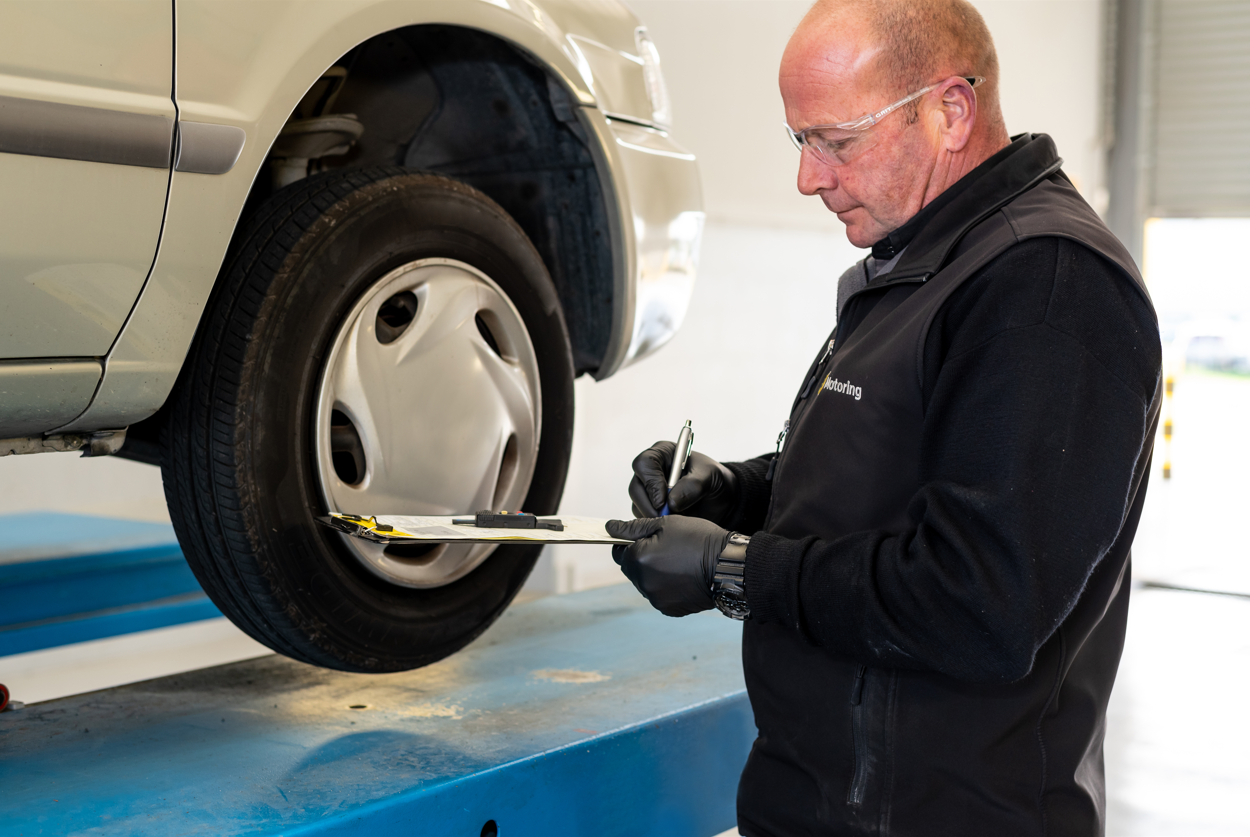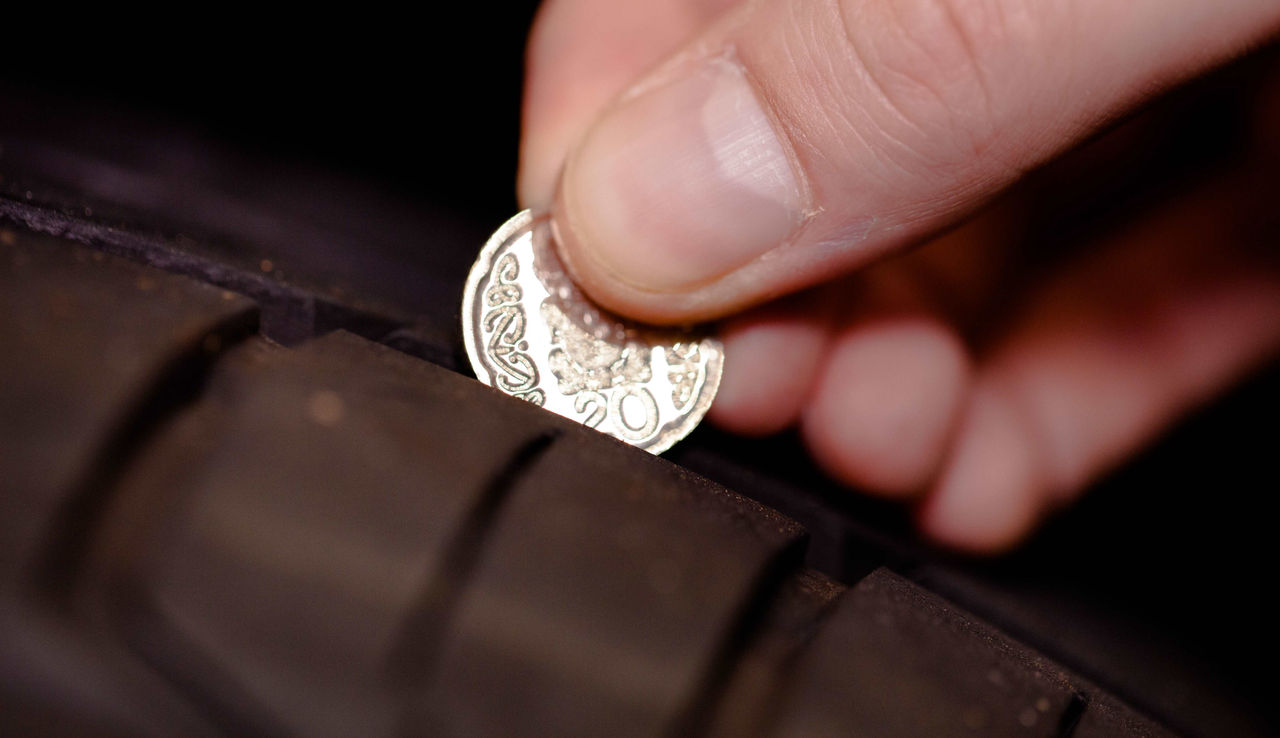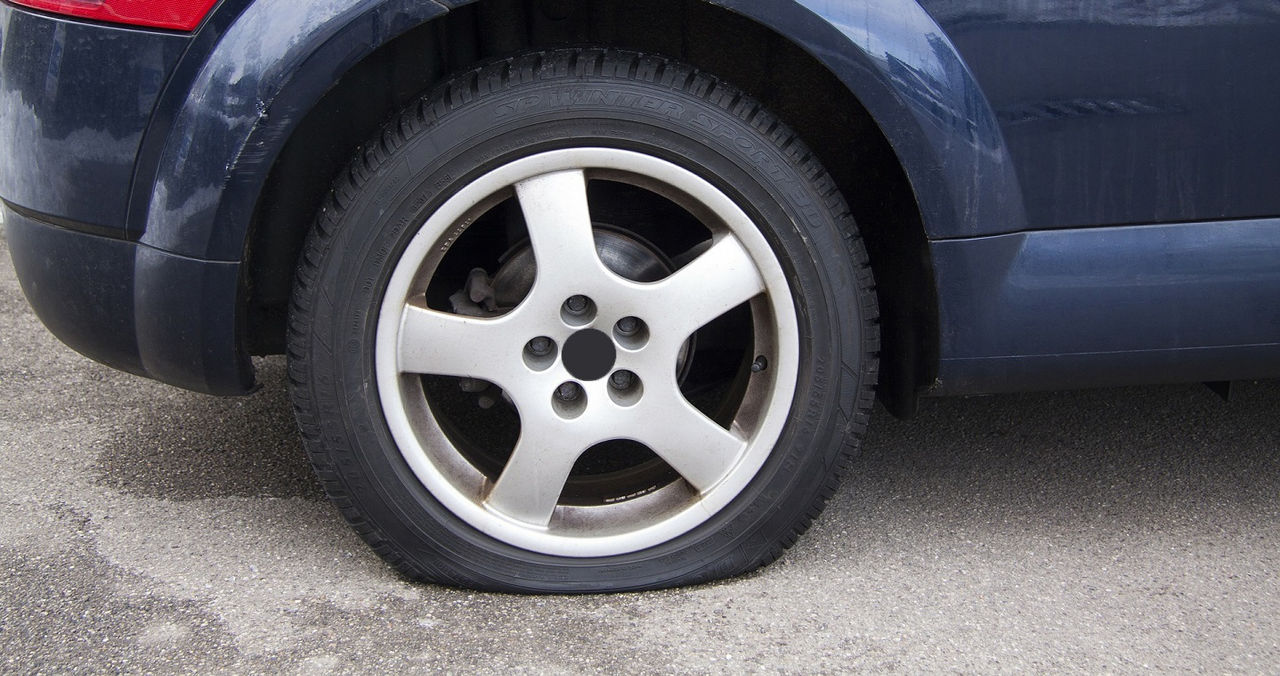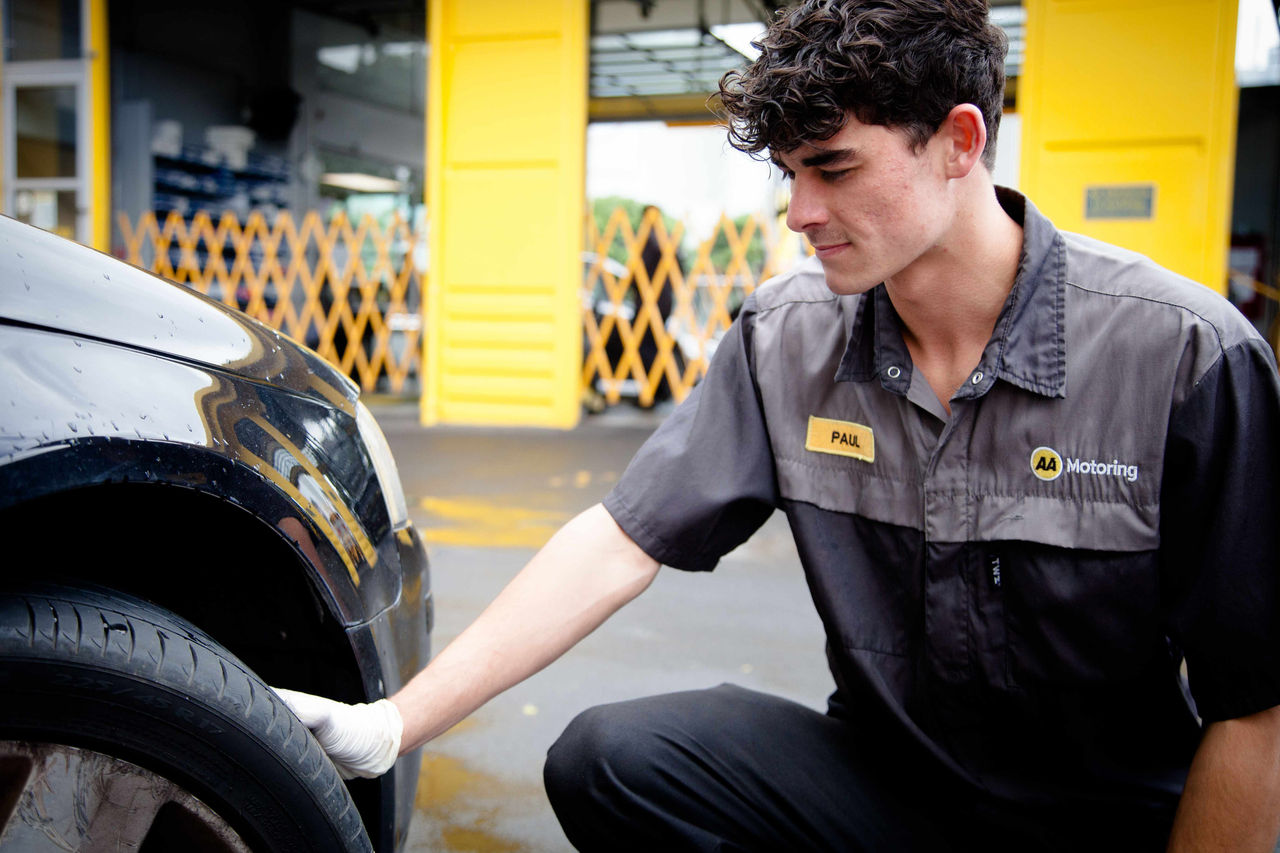How to know when your tyres have given up
10 February 2022
The tyres on your vehicle are incredibly important – they play a vital part in the safety and comfort of every journey.
Here are a few tips on what to check and how to know they could be due for replacement.
At WoF time, your tyres will fail if…

The inspector or service technician will check your tyres over and advise you if your tyre shows damage that is likely to compromise its ability to operate in a safe manner or lead to premature tyre failure, such as:
- A lump or bulge that is likely to be caused by separation or partial failure of the tyre structure
- A cut or crack in a sidewall or tread more than 25mm long that reaches the cords
- Exposed or cut cords
- The tread of a re-treaded tyre shows signs of separation
- Nails or other sharp objects embedded in the tyre
- Significant perishing due to thinks like age, moisture or exposure
What can I check myself?
Vehicle maintenance does not necessarily mean just checking items under the bonnet, but extends to how we look after our tyres and other key vehicle components that can often be overlooked – including your spare tyre (if your car has one).
- Regularly check your vehicles tyre pressure
- The 20c coin check
- Check for signs of objects embedded
- Check the thread for signs of separation, cracks, lumps or bulges
Setting the correct tyre pressure is important for several reasons:
Tyre life – Under or over inflation increases wear. A flat tyre will scrub the road surface and wear prematurely, and over inflated tyre will cause one part of the tyre to contact the road more and potentially wear faster than the rest.
Fuel economy – Under inflation increases fuel consumption. A flat tyre doesn’t roll as efficiently and therefore could contribute to less efficient motoring. In today’s economy every saving counts.
Safety – Under or over inflation will affect grip and braking performance. Optimum pressure in your tyres will give the best tyre grip and safe braking threshold out of the tyre.
Ride – Over inflation can result in a harsh, uncomfortable and skittish ride. Under inflation can result in steering wheel wobble, increased steering effort or unstable cornering.
The 20c coin check

Almost all tyres have wear indicator bars in the groove of the tread, so check that the tyre isn’t worn down to this level. The wear bars appear when you only have 1.5mm of tread left, at which point your tyres are on their absolute minimum legal tread depth to pass a WoF.
In the wet, or when travelling at high speeds, your grip and stopping distances are seriously compromised if you have below 1.5mm of tread.
A simple check for you to do is to insert a 20c coin into the tread. The base of the number 20 is approximately 2mm from the edge of the coin, so if you can see the whole of the number, then it’s time to think about replacing your tyres.
Regular checks are best
Aim to check your tyre pressures each month, ideally when the tyres are cold (when possible). Be sure to use a reliable and accurate tyre pressure gauge, and don’t forget to check the spare tyre too if you have one.
You can find out the right tyre pressures for your car in the handbook or on a sticker inside the fuel filler flap or driver's door. You may need to increase the pressures if you are prone to carrying heavier loads in your vehicle.
In general, the handbook or stickers will show two figures. One for 'normal' use, and a higher figure for full loading. If you can't find details of the correct tyre pressures, then it's best to contact the vehicle manufacturer. For more information, visit aa.co.nz/tyres.
When you check the pressures, take a bit of time to check the tread for wear and also to look for cuts, or bulges on the sidewalls. Get any cut you find checked out by a specialist.
Tyres may be rotated with every service. During rotation, each tyre and wheel is removed from your vehicle and moved to a different position to ensure that all tyres wear evenly and last that little bit longer. If you have a vehicle manual there might also be a rotation plan set by the vehicle manufacturer.
How long should my tyres last?

This is the magic question that nobody can really answer as it is dependent on many factors. Some of these factors are controlled by the driver, but others are not.
Factors in the driver’s control are mainly the servicing of the tyres, pressure checks, rotation, balance, and wheel alignment. How you drive is also key - high speed cornering and harsh stopping can quickly eat up your tyre tread and heavily reduce the life of your tyres.
Other factors outside of the driver’s control can include where you drive and road surface types. Some drivers may get as little as 25,000km on a set of tyres, while others could easily see double this.
As tyres age, they begin to crack in their sidewalls. This happens when UV light oxidises the rubber, causing it to dry out. Although tyres contain anti-oxidizing chemicals to slow this process down, these only work when the tyres are moving. If your car is left unused for some time, or your tyres are stored away, then they’ll deteriorate faster.
It’s because of this that tyre companies don’t like to predict how long tyres should last. They do, however, recommend that all tyres (including the spare) should be removed from service and replaced with new tyres if they are 10 years old (or older).
Tyres are an essential safety feature of your car so looking after them is important. The AA have comprehensive advice on how to look after your tyres at aa.co.nz/tyres.

How the AA can help
- AA Auto Centre - aa.co.nz/autocentre
- AA Pre Purchase Inspections - aa.co.nz/inspections
- AA Motoring Vehicle Inspection - aa.co.nz/wof
- AA 10-Point Check - aa.co.nz/10-point-check
- AA Batteries - aa.co.nz/batteries
- AA Membership - aa.co.nz/membership
- AA Roadservice - aa.co.nz/roadservice
- AA Ask an Expert - aa.co.nz/cars/ask-an-expert
Vehicle experts you can trust

